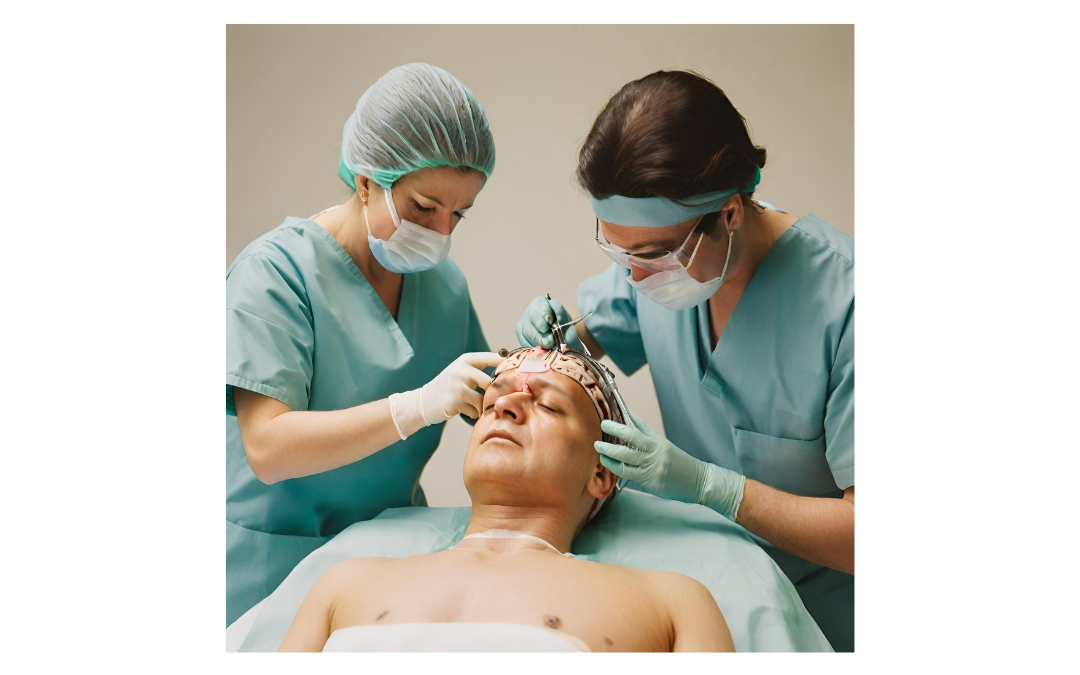Understanding Craniotomy: A Vital Procedure for Stroke Patients
In the realm of neurosurgery, a craniotomy stands as a pivotal procedure, often undertaken in critical medical scenarios such as stroke. Particularly in cases of stroke, where swift intervention can mean the difference between life and death, a craniotomy emerges as a beacon of hope, offering patients a chance at recovery and improved quality of life.
A stroke, characterized by the sudden interruption of blood flow to the brain, can have debilitating consequences, ranging from partial paralysis to cognitive impairment. In such dire circumstances, a craniotomy serves as a surgical lifeline. But what exactly does this procedure entail, and how does it aid stroke patients on their path to recovery?
Firstly, let’s delve into the essence of craniotomy. This surgical intervention involves the removal of a portion of the skull, known as the bone flap, to access the brain. Through this opening, neurosurgeons gain direct visibility and maneuverability, enabling them to address various intracranial conditions, including strokes.
In cases of hemorrhagic stroke, where blood accumulates within the brain, prompt removal of the hematoma is crucial to alleviate pressure on delicate brain tissue. A craniotomy facilitates the evacuation of this excess blood, mitigating further damage and enhancing the prospects of recovery.
Ischemic strokes, characterized by the obstruction of blood flow due to a clot, demand swift action to restore circulation to affected brain regions. Through a craniotomy, surgeons can meticulously extract the clot, restoring vital blood supply and salvaging potentially compromised brain tissue.
Following a stroke, cerebral edema, or swelling of the brain, may ensue, exacerbating neurological deficits and impeding recovery. By performing a craniotomy, surgeons can alleviate this pressure, allowing the brain room to expand and minimizing the risk of further damage.
Beyond the acute phase of stroke management, a craniotomy affords healthcare providers ongoing access to the brain for monitoring and additional interventions as needed. This access is invaluable in tailoring treatment strategies to the evolving needs of stroke patients throughout their recovery journey.
It’s important to note that while a craniotomy holds immense therapeutic potential, it is not without risks. Like any surgical procedure, it carries inherent dangers such as infection, bleeding, and adverse reactions to anesthesia. Therefore, the decision to undergo a craniotomy must be carefully weighed, with patients and their healthcare teams collaboratively assessing the potential benefits and risks.
In the realm of stroke care, where every minute counts, the role of a craniotomy cannot be overstated. As a cornerstone of neurosurgical intervention, it offers stroke patients a glimmer of hope amidst adversity, paving the way for renewed vitality and improved neurological function. Through ongoing advancements in medical technology and surgical techniques, the landscape of stroke management continues to evolve, promising brighter prospects for those affected by this devastating condition.
These articles, crafted by LeeAnn Seung Walton with insights from medical resources and ChatGPT, serve as a valuable reference guide. While these materials provide useful information, it’s crucial to consult your doctor for any additional questions or concerns.

